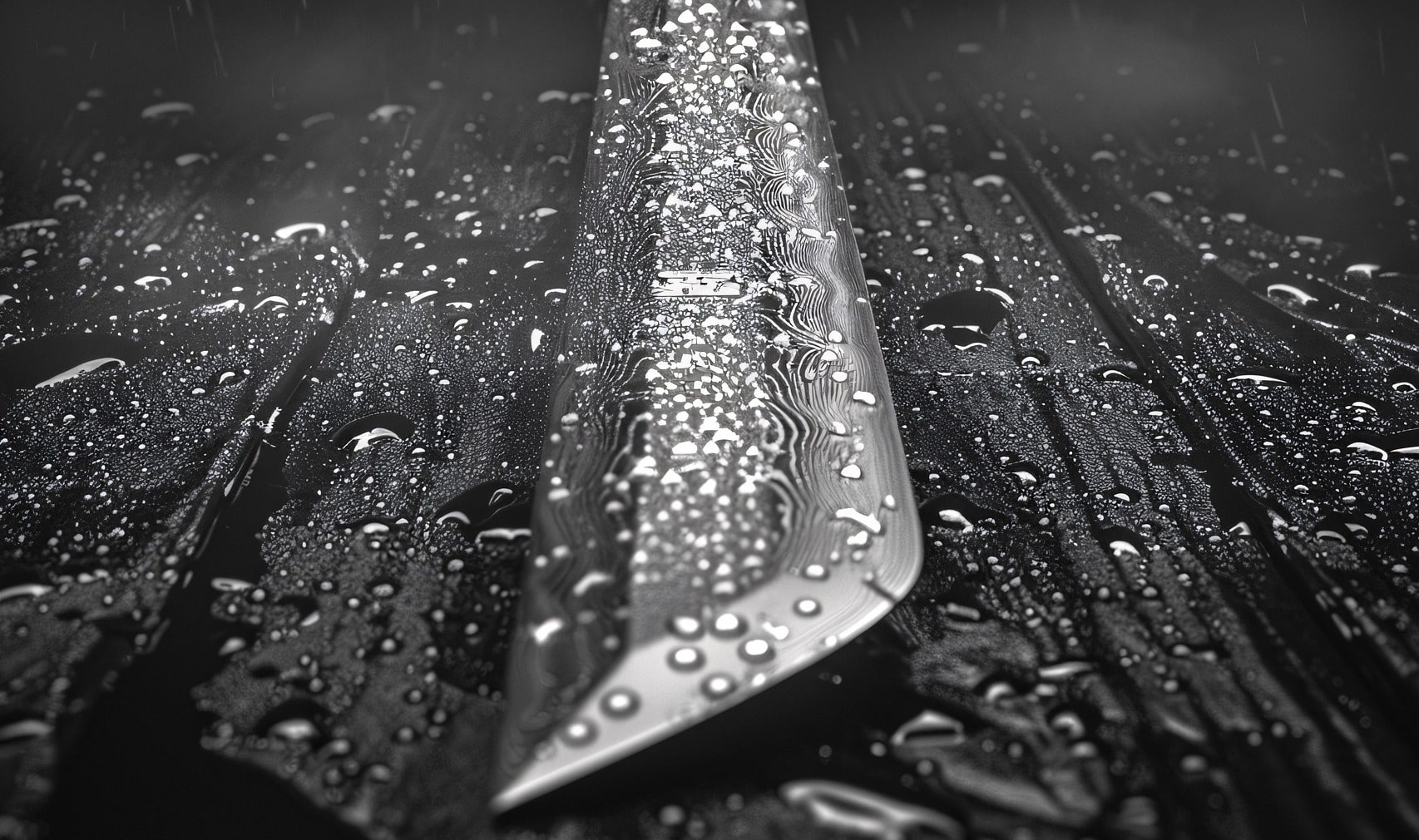Damascus steel is one of the most fascinating and historically significant types of steel ever created. Known for its unique wavy or patterned appearance, Damascus has captured the attention of blacksmiths, collectors, and knife enthusiasts for centuries. This steel is famous not only for its striking aesthetics but also for its strength, durability, and ability to hold a sharp edge.
The Origins of Damascus
The origins of Damascus date back to the Middle East, specifically during the period between 300 and 1700 AD. It was originally used for sword-making because of its unmatched combination of hardness and flexibility. While the exact ancient process was lost over time, modern smiths have revived similar techniques using layered steels to recreate the iconic look and performance.
How is Damascus Steel Made?
Modern Damascus is produced through a process called pattern welding. This involves layering two or more types of steel with varying carbon content, heating them to high temperatures, and forging them together. The result is a blade that combines the benefits of each type of steel while creating the signature flowing patterns. These patterns are revealed after acid etching the surface, which reacts differently with the layers of steel.
Characteristics
- Distinctive water-like or wavy patterns on the blade
- High durability and resistance to chipping
- Ability to maintain a sharp edge for long periods
- Corrosion resistance when properly maintained
Benefits of Damascus
People choose Damascus for its combination of performance and aesthetics. Unlike regular stainless steel, Damascus offers:
- Strength from layered forging
- Unique appearance that varies with each piece
- Versatility for knives, swords, and tools
Common Myths
There are myths that Damascus is unbreakable or has magical cutting abilities. While it is exceptionally strong, it is still steel and requires proper care. Regular cleaning and oiling will ensure the blade lasts for generations.
Applications of Damascus Steel Today
Damascus steel is primarily used for crafting knives, decorative swords, and luxury tools. Its demand in the knife-making world has grown significantly due to its beauty and performance. If you are curious about how Damascus is used in modern knives, you should check out our detailed article on what is a Damascus steel knife.
Comparison Chart: Damascus Steel vs Regular Steel
| Feature | Damascus Steel | Regular Steel |
|---|---|---|
| Appearance | Patterned design | Plain surface |
| Durability | High with proper care | Moderate |
| Sharpness Retention | Excellent | Good |
| Corrosion Resistance | Moderate to High | Varies by type |
Final Thoughts
Damascus steel is a timeless material that combines beauty and strength. While the exact secrets of the original process remain lost, modern techniques have successfully captured its essence. Whether you are a knife collector or a craftsman, understanding Damascus adds depth to your appreciation of high-quality blades.



